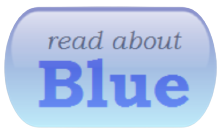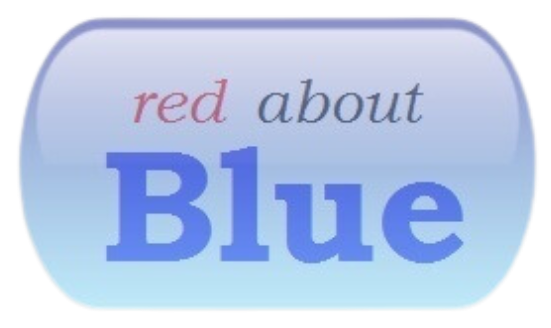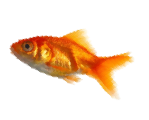Scientific
Reports
Methylene blue can act as an antidote to pesticide poisoning of bumble bee mitochondria
Michail Syromyatnikov, Ekaterina Nesterova, Tatiana Smirnova & Vasily Popov
The population of bumble bees and other pollinators has consideratebly declined worldwide, probably, due to the toxic effects of pesticides used in agriculture. Inexpensive and available antidotes can be one of the solutions for the problem of pesticide toxicity for pollinators. We studied the properties of the thiazine dye Methylene blue (MB) as an antidote against the toxic action of pesticides in the bumble bee mitochondria and found that MB stimulated mitochondrial respiration mediated by Complex I of the electron transport chain (ETC) and increased respiration of the mitochondria treated with mitochondria-targeted (chlorfenapyr, hydramethylnon, pyridaben, tolfenpyrad, and fenazaquin) and non-mitochondrial (deltamethrin, metribuzin, and penconazole) pesticides. MB also restored the mitochondrial membrane potential dissipated by the pesticides affecting the ETC. The mechanism of MB action is most probably related to its ability to shunt electron flow in the mitochondrial ETC.
Conclusions
MB stimulated respiration mediated by Complex I in the bumble bee flight muscles mitochondria and restored respiration in the mitochndria treated with the mitochondria-targeted pesticides, such as pyridaben, chlorfenapyr, fenazaquin, tolfenpyrad, and hydramethylnon. MB also stimulated respiration in the mitochondria subjected to the action of non-mitochondrial pesticides, such as deltamethrin, metribuzin, and penconazole, although to a lesser extent than in the mitochondria treated with the mitochondria-targeted pesticides. MB restored the mitochondrial membrane potential dissipated by the pesticides affecting the ETC. Taken together, these data demonstrate that MB can be used to reduce the toxicity of pesticides in pollinators. For instance, MB can be added to the syrup used for feeding bumble bees, which might be convenient for the insect treatment in both indoor (greenhouses) and outdoor environments. However, further studies on the effects of MB on bumble bees and other pollinators are needed to elucidate the precise mechanism of action of this antidote.








